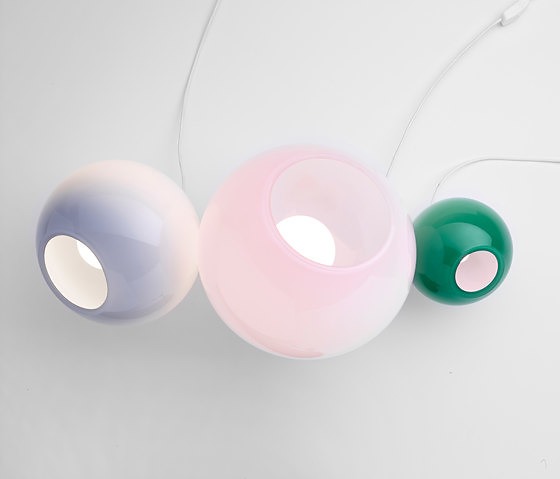

The default position of a release will be in the middle of the note but you can move it afterwards. On mobile, the release point is toggled by long pressing on a note and selecting "Toggle Release". Once a note has a release point, it can be moved by dragging. Alternatively, you can hold R and click on a note to toggle a release. To set a release point on a note on desktop, simply right-click on a note a choose the "Toggle Release" option. There is no point to adding a release point to an instrument that does not have a release envelope. Release envelopes are useful to nicely fade out a note when its release, while preserving other effects like vibrato. Release points triggers the envelope to jump to the release point and are represented by making the note thinner. A long press in the background will allow you to clear the selection. On mobile, there is just only way to select notes and it is done by swiping in the header of the piano roll. Holding Ctrl while doing so will make the notes move by larger increments. They can also be moved or transposed using the keyboard array keys (up, down, left and right). Once notes are selected, then can be moved or resized all at once. The following images shows all 3 techniques. You can select an entire pattern or an entire song using the context menu that appears when you right-click on the header.You can select the duration of a note using the context menu that appears if you right-click above or below a note.You can select notes by right-clicking and dragging in the header of the piano roll or anywhere in the background of the piano roll (where there is no note).There are three main ways of selecting notes, selected notes will appear with a thick silver border. Only when I move the right now far enough to the right we can see the real duration of the left note. If I move the right now back, it is still interrupting the left note. The general rule is that the latest/newest note (the one that is rightmost on the timeline) always has priority, this mean that it can interrupt a previous note, making it shorter than it would normally be.Īs you can see, in the following example, even through i am trying to resize the left note, I cannot go beyond the right note. Only they have that, you can move them or resize them.įamiStudio is a monophonic app, in other words, only one note can play at a time on a given channel. On mobile, notes must be first given a white highlight by tapping once before being edited.

Move the release point of one or multiple note(s).When moving the mouse around the piano roll, the note under the mouse cursor will be highlighted and the mouse cursor will change to reflect the type of action you can do : Similarly, on mobile, notes are created by a quick tap and deleted by double-tapping. A pattern may be automatically created if you click on an area where there was no pattern. On desktop, Left-clicking in the piano roll will add a note of the currently selected instrument and dragging while still holding the left button will allow you to set the duration. Adding & deleting notesĬlicking a pattern in the sequencer will scroll the piano roll to its location. You can also drag the seek back to move it more accurately. SeekingĬlicking in the timeline (header) of the piano roll will move the play position. In FamiTracker tempo mode, you do not have access to the individual frames, so the dashes lines will not be visible.įor more information about tempo, please refer to this section. Thin dashes gray lines separate individual frames (1/60th of a sec in NTSC, 1/50th in PAL) (FamiStudio tempo mode only).The vertical lines represent multiple levels of subdivision: Horizontal lines in the piano rolls are aligned with the notes of the piano.

The currently selected instrument (in bold in the project explorer) will play on the currently selected channel (in bold in the sequencer). You can also use it to preview instrument by clicking on the piano.

The Piano Roll is where you editing the actual notes of the song, the instrument envelopes, as well as some special effects.


 0 kommentar(er)
0 kommentar(er)
